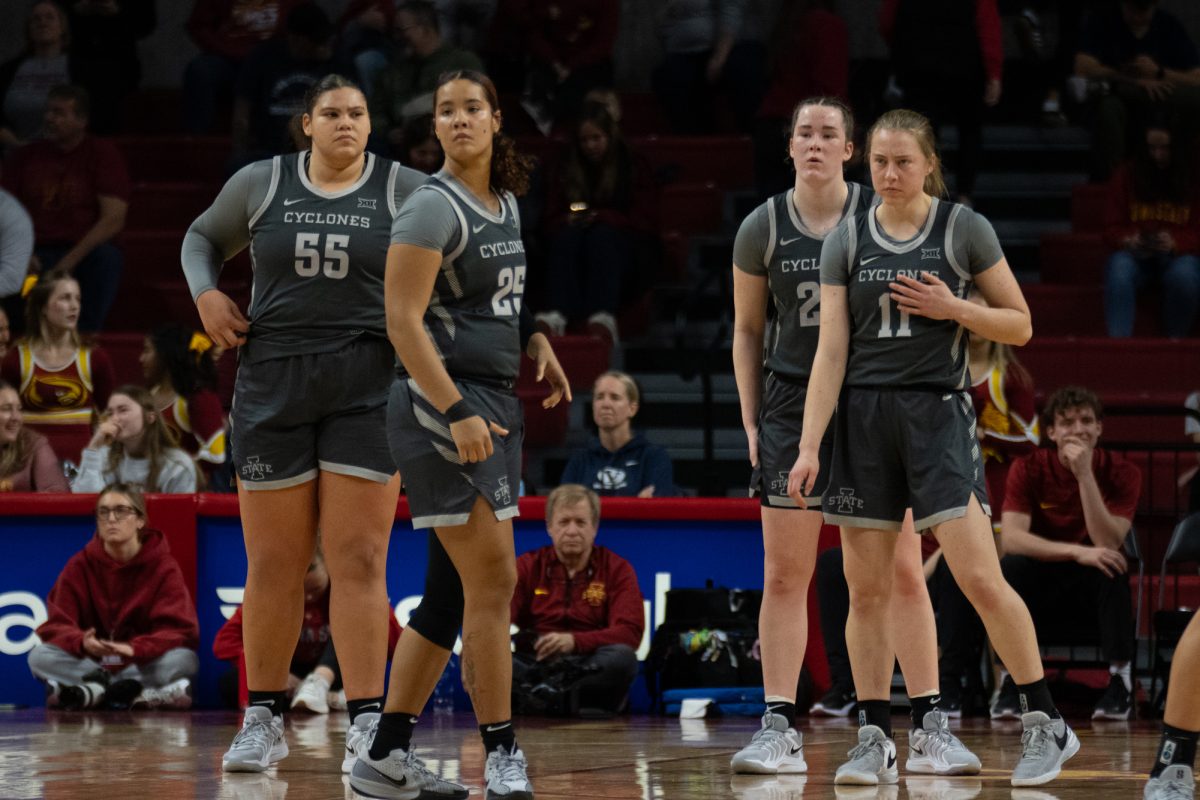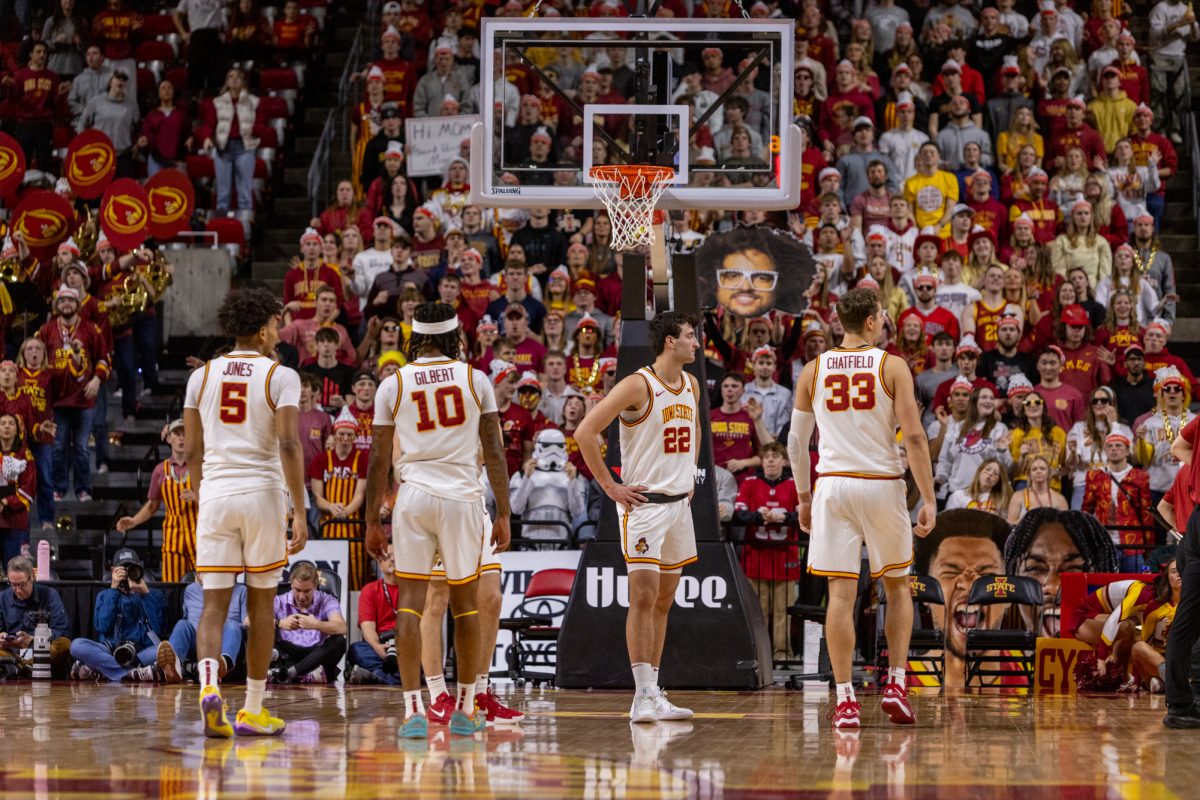VIEWPOINTS: Rising costs, shrinking budgets threaten viability of state schools
November 17, 2009
The Morrill Land-Grant Acts, signed into law by President Abraham Lincoln on July 2, 1862, led to the creation of land-grant colleges in the United States.
The purpose of these public colleges, one in each state “not in rebellion” — Union states — was “without excluding other scientific and classical studies and including military tactic, to teach such branches of learning as are related to agriculture and the mechanic arts, in such manner as the legislatures of the States may respectively prescribe, in order to promote the liberal and practical education of the industrial classes in the several pursuits and professions in life.”
As winter approaches and budget cuts are implemented, it all seems so calm around campus. There is no sign that a Force 5 Budgetary Hurricane is about to hit.
We want to enact these cuts without disrupting services, but you really can’t do more with less. In fact, you can’t even do the same with less. We will do less with less. It’s the law — like gravity. When a hurricane hits, you get damage and lots of “beach erosion.”
We are about to experience that fury.
In my classroom of 220 students, the lighting system has not worked all semester. Despite my pleading, the lights still can’t be adjusted. So, for an entire semester my students have had the overhead screens disrupted by glare.
Cutbacks in service also mean that the vomit and trash in front of the Memorial Union and the putrid garbage juice that spews from the weekly pickup around campus remain untouched. Visitors and parents must like that a lot.
The financial storm will be fully felt when students can’t get classes because they’ve been cancelled, or can’t get into a class because of overbooking like an airline at Christmas. Graduating in four years, which was never easy, will be all that harder.
Want to talk to your academic adviser? Get in line. And you may be talking to a “general adviser,” not someone familiar with your major.
Then you’ll want a letter of recommendation for that internship, grad school or job — good luck.
The headline “University of New Orleans outlines cuts; athletics mostly spared” was interesting. I guess in hard times you need circuses. Will strong athletic programs help the United States compete in science, math and engineering — as well as economically — with China and India, who are breathing down our neck?
These budget cuts are putting public universities “ … at a competitive disadvantage to top private universities in retaining faculty and academic rankings,” as The Washington Post put it.
Dan Hurley, of the American Association of State Colleges and Universities, said the long-term effect of public budget cuts is a gradual shift in state-supported higher education “from a public good to a privately purchased good.”
University of North Carolina President Erskine Bowles recently said about budget cuts at North Carolina, “ … It takes generations to build a university system like we have here. And you can destroy it in a second if you don’t nourish it and sustain it.”
Public universities have become much more like fancy private schools, so in the future they may need to cater to those who can afford the price.
What does this mean?
I believe we may be witnessing the end of the public university.
After all, American and Iowa leaders are afraid to raise revenue because they fear the anti-tax movement. We are in the midst of an “anti big government” movement as well. State universities are painted as big government by the “Anti-Tax Tea Party” folks.
If you want a Cadillac, you pay the price.
Steffen Schmidt is a professor of political science and chief political correspondent for www.insideriowa.com.






